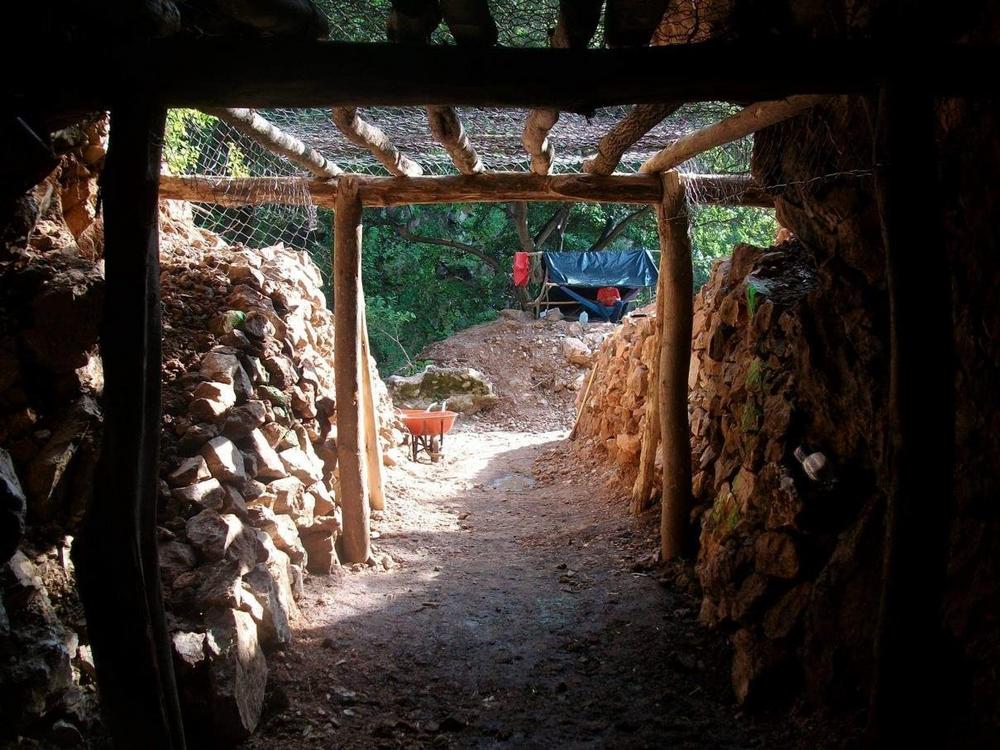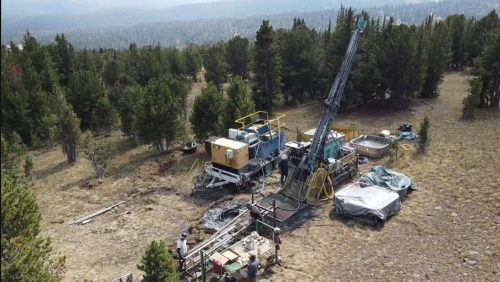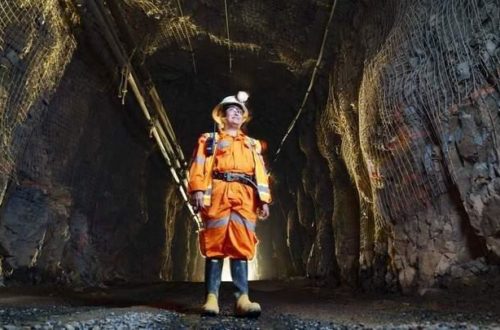
You can also argue about gold mines
It is about the history of the old gold mine, located on Sado Island. Gold production began there about 400 years ago, and it was closed in 1989. Japan now wants this mine to be included in the Unesco list of world cultural heritage sites. Seoul is not enthusiastic about this and argues that the use of forced laborers is being glossed over. The battle over the mine is affecting Japan’s relations with its neighbor. Incidentally, a new president will be elected in South Korea in a few weeks. More than 2,000 Koreans worked at the mine. That was at the time when Japan colonized the Korean peninsula from 1910 to 1945.
There was already a similar dispute over the Hashima site off the coast of Nagasaki, which is already a Unesco World Heritage Site. South Korea was incensed because Japan revealed in an information center that Korean workers at Hashima were well paid and treated. South Korea and Japan have been at loggerheads for years over how to deal with the history of Koreans being forced to work in mines and factories. The Sado gold mine was the most productive mine in the country for centuries and it produced at least 78 tons of gold and 2,330 tons of silver, then it was exhausted, and operations ceased.
Gold mines have a limited life span. Today, gold mines are only developed if there is at least a production life of ten years, because the costs for development etc. are high. Those who want to invest in gold mining stocks should look at the location of the gold project and other circumstances such as environment or life span, in addition to management, financial status. Among the promising candidates are Condor Gold and CanaGold.
Condor Gold – https://www.youtube.com/watch?v=kylBHygyO-Q – owns the prospective La India project in Nicaragua. Gold production is expected to average approximately 157,000 ounces per year for the first two years. According to the pre-feasibility study, there is robust economic feasibility.
CanaGold – https://www.youtube.com/watch?v=mKhndWB3VVc – is drilling successfully at its previously producing New Polaris gold project in British Columbia. Recent drilling, for example, returned just over 20 grams of gold per tonne of rock.
In accordance with §34 WpHG I would like to point out that partners, authors and employees may hold shares in the respective companies addressed and thus a possible conflict of interest exists. No guarantee for the translation into English. Only the German version of this news is valid.
Disclaimer: The information provided does not represent any form of recommendation or advice. Express reference is made to the risks in securities trading. No liability can be accepted for any damage arising from the use of this blog. I would like to point out that shares and especially warrant investments are always associated with risk. The total loss of the invested capital cannot be excluded. All information and sources are carefully researched. However, no guarantee is given for the correctness of all contents. Despite the greatest care, I expressly reserve the right to make errors, especially with regard to figures and prices. The information contained herein is taken from sources believed to be reliable, but in no way claims to be accurate or complete. Due to court decisions, the contents of linked external sites are also co-responsible (e.g. Landgericht Hamburg, in the decision of 12.05.1998 – 312 O 85/98), as long as there is no explicit dissociation from them. Despite careful control of the content, I do not assume liability for the content of linked external pages. The respective operators are exclusively responsible for their content. The disclaimer of Swiss Resource Capital AG also applies: https://www.resource-capital.ch/en/disclaimer/
Swiss Resource Capital AG
Poststrasse 1
CH9100 Herisau
Telefon: +41 (71) 354-8501
Telefax: +41 (71) 560-4271
http://www.resource-capital.ch
Telefon: +49 (2983) 974041
E-Mail: info@js-research.de
![]()





